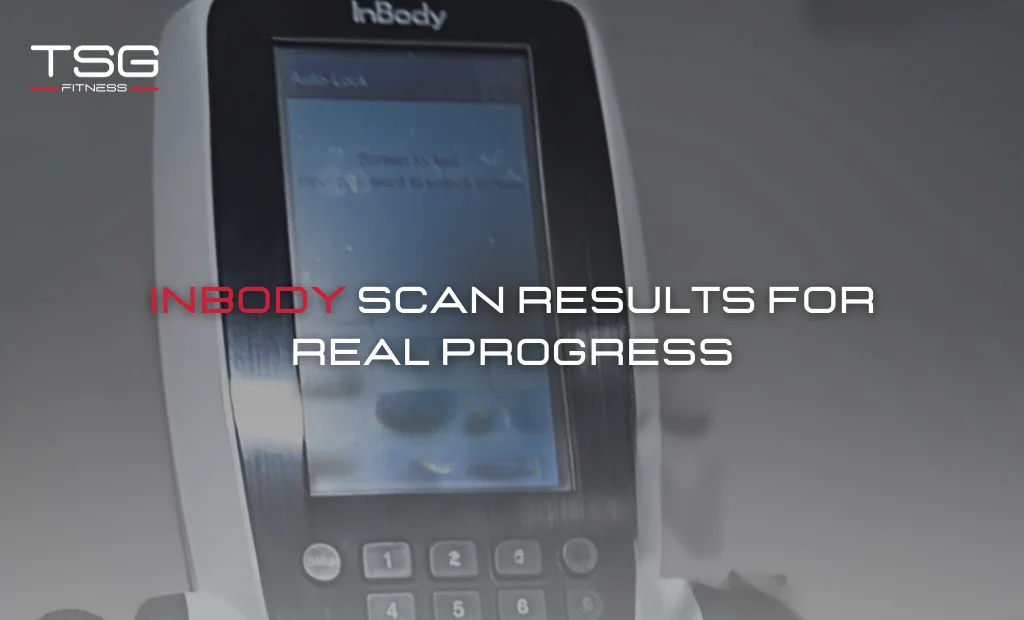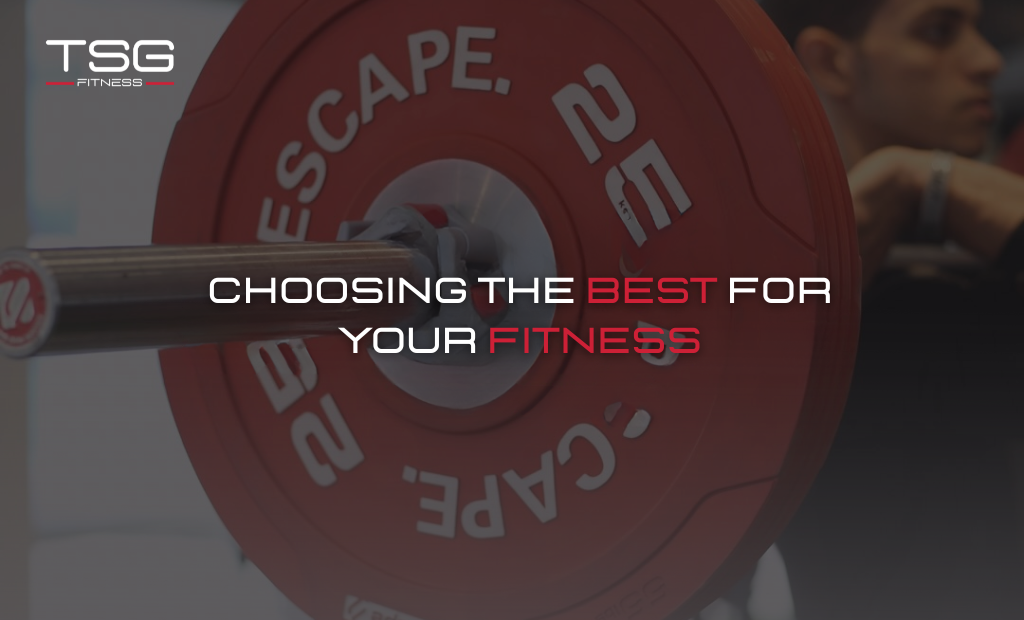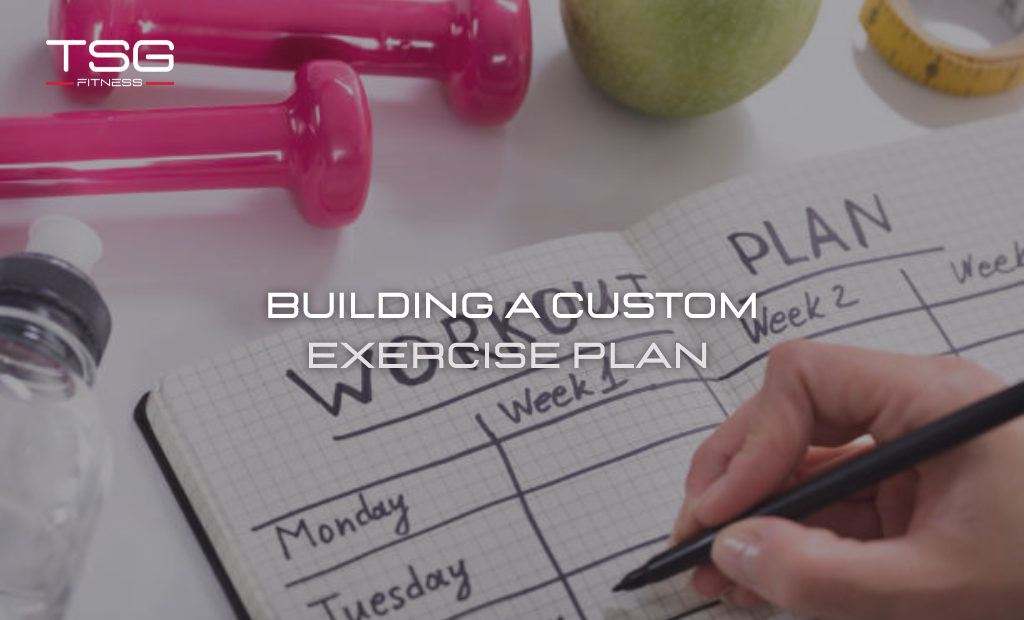
How to Read and Act on Your InBody Scan Results for Real Progress
Understanding your body composition is the cornerstone of effective fitness and health planning. Unlike simple weight measurements, an InBody scan provides detailed insights into muscle mass, fat distribution, water balance, and more—allowing you to move beyond guesswork and set precise, achievable goals. At TSG Fitness, we leverage InBody technology to empower clients with actionable data that translates into real progress in the gym, on the field, and in everyday life.
This comprehensive guide will walk you through preparing for your scan, interpreting key metrics, and applying your results to design smarter training, nutrition, and lifestyle strategies that drive sustainable transformation.
Preparing for Your InBody Scan
Accurate data begins with proper preparation. These steps ensure your scan reflects your true physiology rather than temporary fluctuations.
- Schedule scans at consistent times—ideally first thing in the morning, before eating or drinking.
- Avoid vigorous exercise, alcohol, and large meals for at least 12 hours prior.
- Stay hydrated in the days leading up to your scan, but refrain from excessive fluid intake immediately before.
- Empty your bladder just before the test to minimize urinary water weight.
Wearing light, minimal clothing and removing metal accessories prevents interference, while standing still and following technician prompts ensures consistent electrode contact.
What to Wear and What to Avoid
Choose non-restrictive, lightweight attire—shorts and a tank top or T-shirt work best. Avoid:
- Tight-fitting garments (which can compress tissues and skew readings)
- Jewelry, watches, belts, and glasses (which can block electrode sensors)
- Moisturizers or oils on your hands and feet (which can affect conductivity)
Deciphering the InBody Scan: A Step-by-Step Guide
When you receive your InBody result sheet, it may seem overwhelming. Let’s break down each section and explain how to turn numbers into action.
1. Body Composition and Body Water Analysis
The report starts with total weight, divided into fat mass and lean mass (which itself includes muscle and water). A healthy water balance is essential for nutrient transport, metabolic function, and recovery.
- Total Body Water (TBW): Aim for TBW to be 45–60% of your body weight.
- Intracellular vs. Extracellular Water: Proper balance indicates healthy cell function; excess extracellular water may signal inflammation or overtraining.
Action: If TBW is low, increase water intake and monitor electrolytes. If extracellular water is high, assess training load and recovery strategies.
2. Muscle–Fat Analysis
This section compares your skeletal muscle mass against body fat. Your goal is to maximize lean mass while minimizing fat mass.
- Skeletal Muscle Mass (SMM): Higher SMM correlates with improved strength, metabolic rate, and functional capacity.
- Body Fat Mass (BFM): Excess BFM increases health risks; aim for 18–24% for women and 10–20% for men (ranges vary by age and goals).
Action: To build SMM, prioritize resistance training and sufficient protein intake. To reduce BFM, create a moderate calorie deficit combined with cardio and strength work.
3. Obesity Analysis
The InBody uses BMI and percent body fat to classify obesity risk. While BMI offers a general snapshot, percent body fat provides a more accurate picture.
- BMI Interpretation: Underweight (<18.5), Normal (18.5–24.9), Overweight (25–29.9), Obese (≥30).
- Percent Body Fat: Reflects true adiposity; aligns more closely with health outcomes than BMI alone.
Action: Use percent body fat rather than BMI to guide fat-loss goals, especially if you have high muscle mass.
4. Segmental Lean Analysis
Segmental readings show muscle distribution in arms, legs, and trunk—highlighting imbalances that can impair performance and elevate injury risk.
- Balanced Values: Each limb should approach a similar percentage of trunk lean mass.
- Imbalances: A weaker limb or asymmetry suggests targeted corrective training.
Action: Incorporate unilateral exercises (e.g., single-leg squats, dumbbell presses) to address side-to-side disparities.
5. Body Fat Percentage and Visceral Fat
Total body fat percentage indicates overall fat levels, while the visceral fat rating focuses on fat stored around organs—a key predictor of metabolic risk.
- Healthy Ranges: Women 18–28%, Men 10–20%.
- Visceral Fat Level: Aim for a score ≤ 10; higher scores warrant nutritional adjustments and increased aerobic activity.
Action: Abdominal fat responds well to high-intensity interval training and a diet rich in fiber, lean proteins, and healthy fats.
6. BMI and Weight Metrics
BMI offers context but can misclassify muscular individuals. Focus more on body composition changes over time—lean mass gains and fat mass reductions—rather than scale weight alone.
Action: Track trend lines for muscle and fat—celebrate non-scale victories like strength gains and clothing fit improvements.
Utilizing InBody Results to Set Realistic Goals
Data without direction yields little change. Use your InBody metrics to define specific, measurable objectives:
- Muscle-Building Goal: Increase SMM by 1–2 kg over six weeks.
- Fat-Loss Goal: Reduce body fat percentage by 2–3% in three months.
- Hydration Goal: Improve TBW by 2% to optimize recovery.
Document these targets and review progress at regular InBody check-ins—every 4–6 weeks—to adjust training volume, nutrition plans, and lifestyle strategies.
How to Monitor Progress and Adjust Plans Accordingly
Regular follow-up scans reveal trends and adaptation plateaus:
- Plateaus in Fat Loss: May indicate metabolic adaptation; implement strategic refeed days or adjust macronutrient ratios.
- Stagnant Muscle Gains: Could signal insufficient training stimulus or protein intake—consider modifying workout intensity, volume, or recovery.
- Hydration Fluctuations: Reflect training load and stress—optimize sleep quality and stress management.
Use data to guide incremental plan tweaks, ensuring continuous progress while avoiding overtraining.
Addressing Common Questions and Misunderstandings
Q: “My weight fluctuated 2 kg—does that mean I gained fat?”
A: Daily weight changes often reflect water shifts. Focus on consistent trends over weeks, not daily numbers.
Q: “My BMI is high, but I have low body fat—am I unhealthy?”
A: High BMI with low fat mass typically indicates high muscle mass. Prioritize body composition metrics over BMI classifications.
Q: “Can InBody scans misread my results?”
A: Factors like dehydration, recent exercise, or metal on electrodes can skew readings. Consistent preparation minimizes errors.
Long-Term Strategies for a Healthier Body Composition
Sustainable change combines data-driven planning with lifestyle adjustments:
- Nutrition: Use macronutrient tracking aligned with goals—higher protein for muscle building, moderate calorie deficits for fat loss.
- Training: Balance resistance, cardiovascular, and mobility work; periodize training to prevent adaptation.
- Recovery: Prioritize sleep, stress management, and active recovery modalities (foam rolling, stretching).
- Hydration: Maintain consistent fluid intake to support metabolic processes and performance.
Integrate these habits with your InBody insights to cultivate a resilient, high-functioning physique.
Debunking Myths About Body Composition
- Myth: “Spot reduction works—if I do crunches, I’ll lose belly fat.”
Reality: Fat loss occurs systemically; targeted exercises strengthen muscles but don’t preferentially burn local fat. - Myth: “All scales measure the same.”
Reality: Most scales estimate weight only. InBody technology uses multi-frequency impedance to differentiate tissue types, providing a far richer dataset.
To Wrap Up
An InBody scan offers a multidimensional view of your body, uncovering insights that a simple scale cannot. By understanding each metric—fat mass, muscle mass, water balance, and more—you can craft precise, effective plans that accelerate progress and elevate performance.
At TSG Fitness, we use InBody results as the foundation for personalized training, nutrition coaching, and lifestyle recommendations that deliver measurable, lasting change. Schedule your InBody scan today and start translating data into real progress—because when you know exactly what’s inside, you can take control of what happens next.



